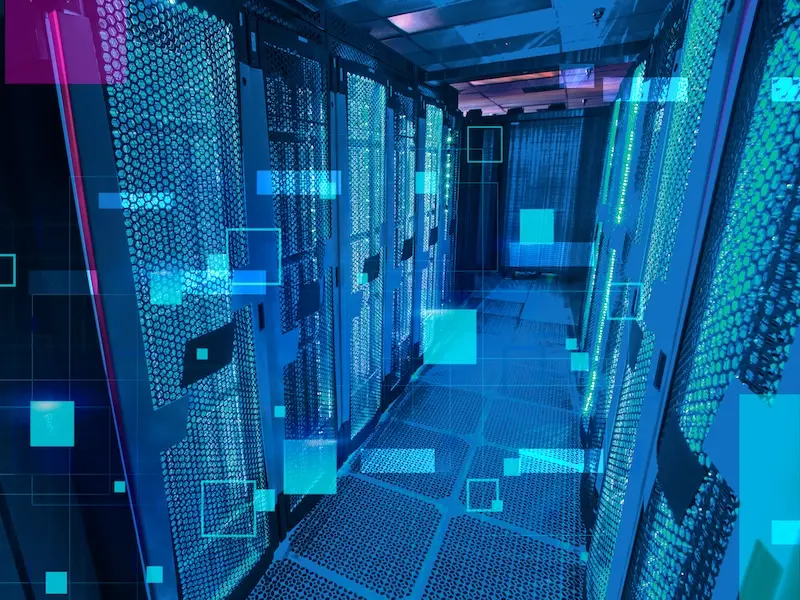- Logical network topology refers to how data flows within a network, representing the virtual structure and communication patterns between devices.
- It differs from physical topology, which describes the actual layout of hardware and cables.
In a network, the logical topology defines how devices communicate and interact, regardless of their physical arrangement. It determines the method of data transmission, the pathways data takes, and how devices are logically connected. Common logical topologies include bus, ring, star, and mesh, each of which affects how data travels and how efficiently the network operates. Logical topology can change without altering the physical structure, such as when reconfiguring network protocols or settings.
Logical network topology refers to how devices within a network are virtually connected and how data flows between them. Unlike physical topology, which focuses on the actual placement of network components, logical topology deals with the relationships and data transmission paths between devices. It helps determine how data moves through the network, affecting the performance and efficiency of communications.
Differences between logical and physical topology
Logical topology deals with the flow of data across the network, while physical topology refers to the actual connections between hardware devices like cables and switches. In a physical topology, devices may be arranged in a specific configuration, but the logical topology determines how data packets travel from one device to another. For instance, a network may have a physical star setup but operate logically like a bus network, affecting how data is transmitted.
Also read: 3 types of IT infrastructure
Also read: What are AI algorithms?
Types of logical network topologies
There are several types of logical topologies, including bus, star, ring, and mesh. In a bus topology, all devices share the same communication path, and data is sent to all devices but only accepted by the intended recipient. A star topology uses a central hub that routes data between devices. In a ring topology, data passes sequentially from one device to the next. Mesh topology allows multiple paths for data, providing redundancy and improved fault tolerance.
Importance of logical topologies in modern networks
Logical topologies play a crucial role in defining how efficiently data is transmitted across networks. They affect overall performance, security, and scalability. A well-designed logical topology can optimise bandwidth usage, reduce latency, and enhance network reliability. In modern networking technologies like virtual private networks (VPNs) and cloud-based systems, logical topologies ensure smooth communication across distributed environments, helping organisations manage data flow more effectively.

